Our laboratory focuses on two main areas:
To that purpose, we use unique transgenic mouse models, in combination with in vitro studies using relevant primary human cells to evaluate parameters such as inflammation, endothelial permeability, ApoB lipoprotein generation and Na+ uptake.
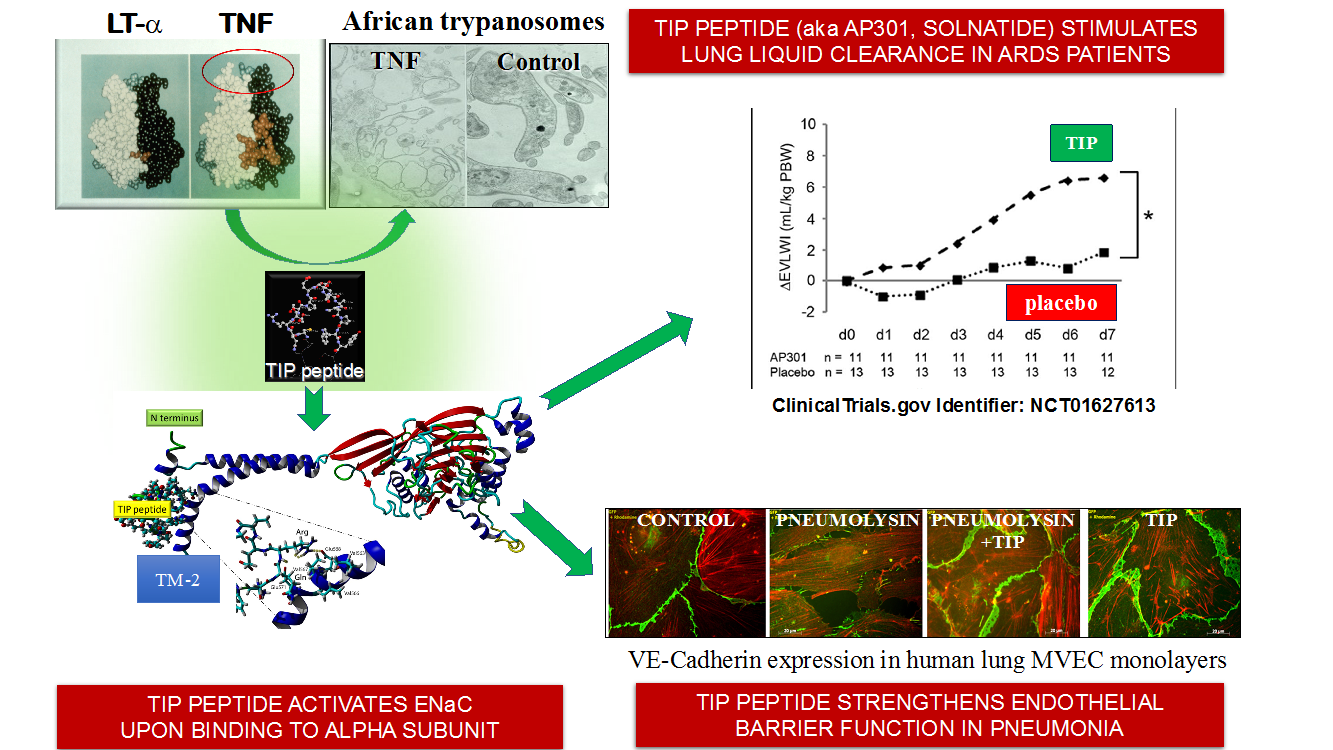
Major Goal(s): Determine whether and how the alpha subunit of the epithelial sodium channel (ENaC) can promote both endothelial barrier function and alveolar liquid clearance capacity in pneumonia. Contact PI: Rudolf Lucas, PhD
Summary . As summarized in the attached figure, different from its highly similar cytokine lymphotoxin alpha, the cytokine Tumor Necrosis Factor (TNF) contains a lectin-like domain at the TIP of the molecule, which recognizes specific sugars (red circle). This domain can be mimicked by a small peptide - the TIP peptide (aka AP301, Solnatide) and kills African trypanosomes, parasites causing sleeping sickness (Lucas et al. Science 1994). In mammalian cells, TIP peptide directly binds to the alpha subunit of the epithelial sodium channel (ENaC) in both alveolar epithelial cells, where the channel is responsible for alveolar liquid clearance (Czikora et al., AJRCCM 2014; Lucas et al., J. Biol. Chem. 2016) and in capillary endothelial cells (Lucas et al., AJRCMB 2012; Czikora et al., Frontiers in Immunol. 2017), where the channel strengthens barriers necessary for efficient gas exchange in the lungs. TIP peptide has shown great efficacy in several animal models of ARDS and pneumonia (mouse, rat, rabbit, pig), as well as in monolayers of human microvascular endothelial cells (MVEC) treated with bacterial toxins. In a double blind, placebo-controlled phase 2a clinical trial in 40 patients with moderate to severe ARDS (collaboration with the company APEPTICO and with Prof. Ullrich's group at the University hospital, Vienna, Austria), the most sick patients inhaling TIP peptide in the ventilator twice daily over 7 days had significantly reduced extravascular lung water (EVLW), as compared to patients receiving placebo (Krenn et al., Crit. Care 2017). Based on our earlier preclinical work (Hamacher et al., Crit Care Med. 2010), the peptide significantly reduced time on the ventilator in patients with lung transplantation (Ware, editorial. J. Heart and Lung Transpl. 2017). The TIP peptide (a.k.a. AP301, Solnatide) obtained orphan drug designation for the treatment of graft rejection in lung transplantation and high-altitude pulmonary edema (HAPE) by both the FDA and EMA. As such, we were able to develop our research on the TIP peptide from bench to the bedside.
Major Goal: Determine whether and how the alpha subunit of the epithelial sodium channel (ENaC) can prevent endothelial dysfunction induced by SARS-CoV2 spike protein. Contact PI: Rudolf Lucas, PhD
Summary . Since the spike protein of SARS-CoV2 can exert direct negative effects on capillary endothelial cells in the lungs, this project aims at characterizing the mechanisms involved and whether activation of ENaC-alpha with the TIP peptide (aka Solnatide) can counteract this. In April 2020, Solnatide was approved for compassionate use treatment of severe COVID-19-associated ARDS in both Italy and Austria and is currently being evaluated in a phase 2a trial in severe COVID-19 patients organized by APEPTICO and the team of Prof. Zeitlinger at the University hospital Vienna.
Major Goals: Determine whether peripheral GHRH receptors in small intestine impair GLP-1-mediated reduction of dyslipidemia and whether this can be restored by a GHRH-R antagonist. Contact PI: Maritza Romero-Lucas, MD, DSc.
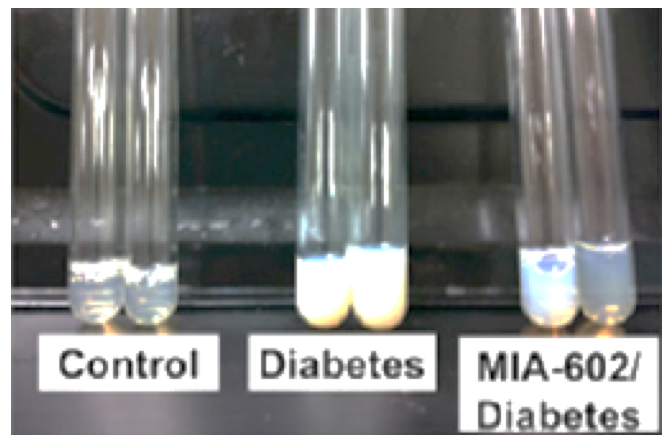
Summary . Triglyceride-rich lipoproteins (TRLs) are generated in the small intestine as chylomicrons (CM) and in the liver as very low-density lipoprotein (VLDL). Elevated TRLs and their remnants are pro-inflammatory and pro-atherogenic and thus impose an additional risk for cardiovascular disease (CVD) in subjects with diabetes, independent of low-density lipoproteins (LDL) cholesterol. Mechanisms underlying the increase of chylomicron output and subsequent elevation of chylomicron remnants remain understudied. A critical barrier to progress in the treatment of dyslipidemia associated with type 1 and type 2 diabetes is the identification of novel therapeutic approaches to reduce TRLs. Our published and supportive data, generated in collaboration with Prof. Andrew Schally, Nobel laureate Physiology and Medicine 1977, University of Miami, demonstrate a novel deleterious role for peripheral Growth Hormone Releasing Hormone receptor (pGHRH-R) in diabetes-associated dyslipidemia (Romero et al., PNAS 2016). We demonstrated increased expression of pGHRH-R in small intestine of diabetic rats, which had lipemic plasma and enhanced post-prandial triglyceride levels. This lipid profile was significantly reduced by treatment with the GHRH peptide antagonist MIA-602 (see inserted figure). This project can improve knowledge on the regulation of TRL generation and can foster the development of novel therapies to control dyslipidemia and CVD in diabetic subjects.
Main collaborators:
Journal cover image and link to paper
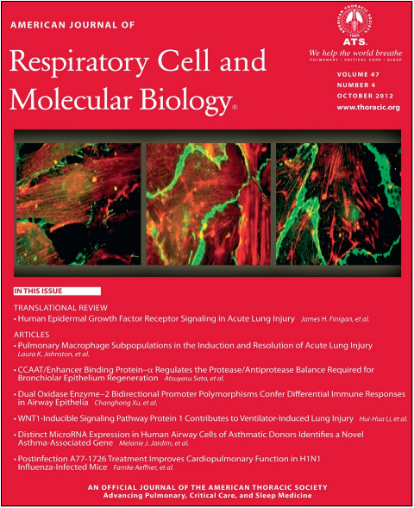
Protein Kinase C alpha and Arginase I Mediate Pneumolysin-Induced Pulmonary Endothelial Hyperpermeability
Rudolf Lucas, Guang Yang, Boris A. Gorshkov, Evgeny A. Zemskov, Supriya Sridhar, Nagavedi S. Umapathy, Agnieszka Jezierska-Drutel, Irina B. Alieva, Martin Leustik, Hamid Hossain, Bernhard Fischer, John D. Catravas, Alexander D. Verin, Jean-Francois Pittet, Ruth B. Caldwell, Timothy J. Mitchell, Stephen Cederbaum, David J. Fulton, Michael Matthay, Robert W. Caldwell, Maritza J. Romero, and Trinad Chakraborty
Am J Respir Cell Mol Biol. 2012 Oct. 47(4), 445 -53. PMID: 22582175
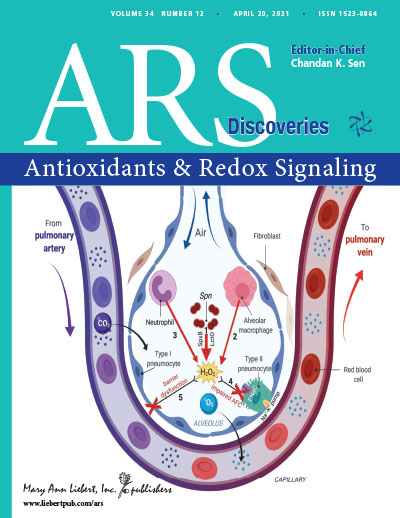
Dual Role of Hydrogen Peroxide as an Oxidant in Pneumococcal Pneumonia
Mobarak Abu Mraheil, Haroldo A Toque 2 3, Luigi La Pietra, Juerg Hamacher, Tenzing Phanthok , Alexander Verin ,
Joyce Gonzales 7, Yunchao Su 3, David Fulton 2 3, Douglas C Eaton , Trinad Chakraborty, Rudolf Lucas
Antioxid Redox Signal. 2021 Apr 20;34(12):962-978. PMID: 32283950
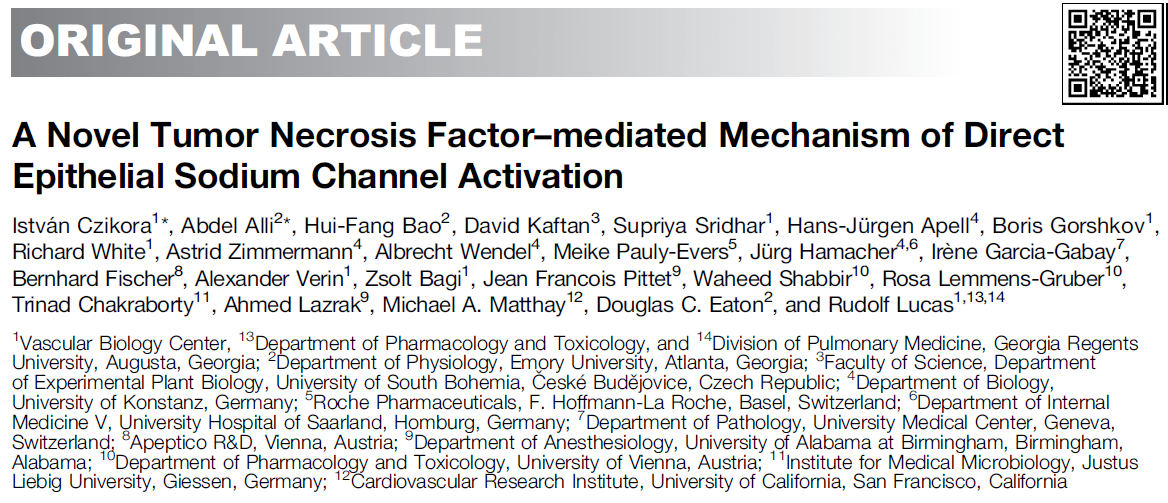

Am J Respir Crit Care Med Vol 190, Iss 5, pp 522–532, Sep 1, 2014 Am J Respir Crit Care Med Vol 190, Iss 6, pp 595–605, Sep 15, 2014